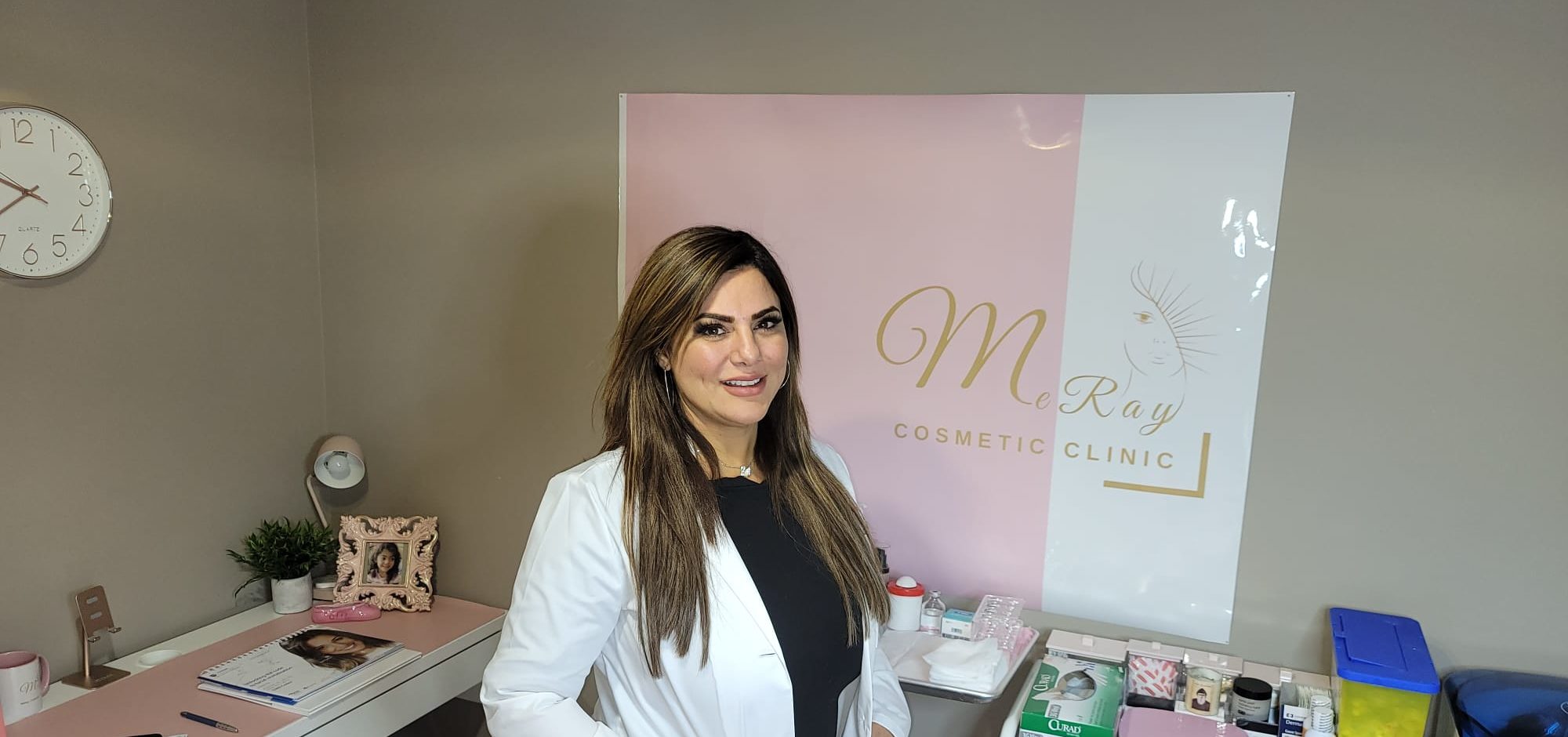Treatment of vascular lesions on the Elite iQ is performed using the 1064nm Nd: YAG wavelength and is suitable for Fitzpatrick Skin Types I-IV. The Elite iQ laser system delivers a combination of wavelength, high fluence and long pulses to effectively treat veins up to 3 mm in diameter.
General causes of vascular lesions can be:
- Hormonal causes
- Heredity
- Aging
- Pregnancy
Examples of Vascular Lesions
- Sinus or Simple (Linear): a red or blue linear telangiectasia that occurs on the face, especially the nose, or on the legs.
- Arborized: A treelike appearance of capillary vessels in an inflamed condition.
- Aracheiform (Spider or Star): A red, superficial telangiectasia arising from a central filling vessel characteristically 0.1-1.0mm in diameter and red to cyanotic in color.
- Papular (Punctiform/Cherry Angioma): Characterized by small circumscribed, superficial elevation of the skin, and are the result of dilated vessels, generally less than 2mm in diameter.


Pre-Treatment:
- Patients should avoid sun exposure, tanning beds, sunless tanning lotions and tanning creams for at least 1 week before treatment.
- A broad-spectrum SPF 30 or greater should be applied to the treatment area before any sun exposure.
- No raised veins or varicosities should be treated.
- Prior to actual treatment, remove all makeup, lotions, deodorant and oil from the area to be treated.
- Clean the area to be treated thoroughly using a facial cleanser or mild soap and water, and then with 70% isopropyl alcohol to remove the oils.
- Allow the skin to dry before treating.
Treatment Number
- Multiple treatments are recommended.
- Veins may require 2 to 3 treatments.
Treatment Frequency
- Vascular treatments for facial vessels should be scheduled every 4-6 weeks.
- Vascular treatments for leg veins should be scheduled at least every 6-8 weeks.
Post-Treatment:
To relieve any discomfort, use a chiller and/or apply aloe vera to the treated areas immediately after the treatment.
- Apply antibiotic ointment of the physician’s choice to the treatment area to prevent drying or crusting and to soothe the skin.
- If blistering or crusting occurs, do not shave for 1 to 3 days.
- Avoid hot baths & whirlpools for one week post treatment.
- Avoid exercises that can cause vasodilation for one-week post treatment. Walking is encouraged.
- Avoid sun exposure & tanning beds throughout the course of treatment & use a SPF 30 or greater when exposed.
- If makeup is allowed, it must be applied and removed delicately. Excess rubbing can open the area and increase the chance of scarring.
- Discomfort, such as swelling or redness (lasting from a few hours to a couple of days), can be relieved with acetaminophen or ice packs.
- Instruct the patient to contact the physician if there is any sign of blistering or infection (redness, tenderness or pus).
- Results will vary from patient to patient.
- Schedule follow up visits.

